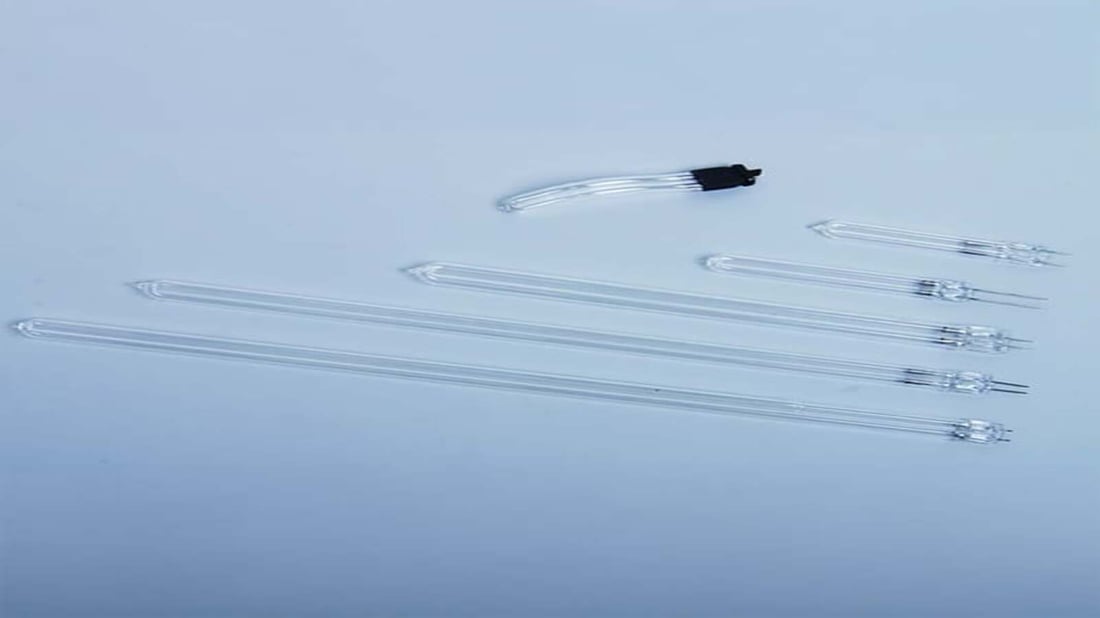Germicidal UV fluorescent lamps are designed to emit high levels of ultraviolet (UV) light that can effectively kill bacteria, viruses, and other pathogens in the air or on surfaces. These lamps are commonly used in hospitals, laboratories, and other healthcare settings to disinfect spaces and reduce the spread of infectious diseases.
How Germicidal UV Works
When exposed to germicidal UV light, microorganisms such as bacteria and viruses are damaged at the molecular level, rendering them unable to reproduce or cause infections. This process, known as ultraviolet germicidal irradiation, is a proven method for disinfection and has been used for decades to sterilize air, water, and surfaces.
Benefits of Using Germicidal UV Lamps
Germicidal UV fluorescent lamps offer a chemical-free and environmentally friendly way to disinfect spaces. Unlike chemical disinfectants, UV light does not leave behind residues or harmful byproducts. Additionally, UV light can reach areas that may be hard to clean with traditional methods, making it a versatile and effective tool for infection control.
Applications of Germicidal UV in Healthcare
In healthcare settings, germicidal UV lamps are commonly used to disinfect patient rooms, surgical suites, and other high-risk areas. By supplementing standard cleaning protocols with UV light, healthcare facilities can enhance their infection control measures and reduce the risk of healthcare-associated infections.
Choosing the Right Germicidal UV Lamp
When selecting a germicidal UV fluorescent lamp, it is important to consider factors such as lamp wavelength, output intensity, and exposure time. Different pathogens may require specific UV wavelengths to achieve optimal disinfection, so it is essential to choose a lamp that meets the requirements of the intended application.
Best Practices for Using Germicidal UV Lamps
To maximize the effectiveness of germicidal UV lamps, it is important to follow best practices for installation and operation. Lamps should be positioned to ensure uniform UV exposure and should be regularly inspected and replaced to maintain optimal performance. Additionally, safety precautions should be taken to prevent exposure to UV light.
Limitations of Germicidal UV Technology
While germicidal UV lamps are highly effective at killing a wide range of pathogens, they do have limitations. UV light can only disinfect surfaces that are directly exposed to the light, so shadows and obstacles may interfere with the disinfection process. Additionally, UV light cannot penetrate solid materials, so thorough cleaning is still necessary.
Future Trends in Germicidal UV Technology
As technology continues to advance, new developments in germicidal UV lamps are being explored. These include UV-C LED lamps, which offer lower energy consumption and longer lifespans than traditional fluorescent lamps. Research is also being conducted on the use of UV light for air disinfection and water treatment.
Environmental Considerations of Germicidal UV
While germicidal UV lamps are an effective tool for disinfection, it is important to be mindful of their environmental impact. Proper disposal of UV lamps is essential to prevent mercury contamination, as fluorescent lamps contain small amounts of mercury. Recycling programs and safe disposal methods are available to minimize the environmental impact of UV lamps.
Conclusion
Germicidal UV fluorescent lamps are a powerful tool for disinfection in healthcare settings and beyond. By understanding how germicidal UV works, selecting the right lamp, and following best practices for use, individuals and organizations can harness the power of UV light to create cleaner and safer environments.
Quote Inquiry
Contact us

